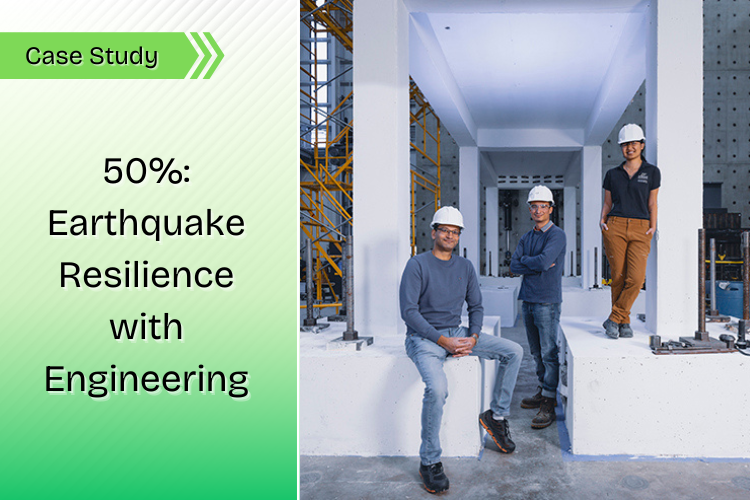Natural disasters are picking up speed. An estimated 55,000 people died in the Turkey-Syria earthquake in February 2023. Around 50% of the reinforced concrete structures worldwide were designed without any seismic considerations—and naturally that percentage is much higher in many developing countries.
Most of the ways to address this currently are very invasive and require parts of the building to be closed for a long time. What if we could use a simple low-cost, minimally invasive way to preserve all the buildings that already exist from disaster?
That is exactly what a team of researchers at Purdue University is testing—a cost-effective, minimally invasive technique to fortify older concrete buildings against earthquakes.
The approach involves installing adhesive anchors to metal triangular haunches as braces to reinforce beam-column joints. The haunches are attached with post-installed adhesive anchors secured with epoxy mortar, so material cost is relatively low. There’s indirect cost savings by keeping the building’s functionality intact during the installation of the haunches.
Here is how this can help:
- Save lives.
- Reduces capital losses.
- Preserve structures worldwide.
Looking to the future, the opportunities for this are huge, ultimately having a worldwide impact, especially as natural weather events continue to pick up speed. It will certainly be something to watch in the months ahead.


